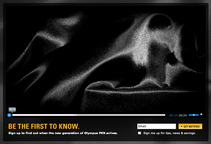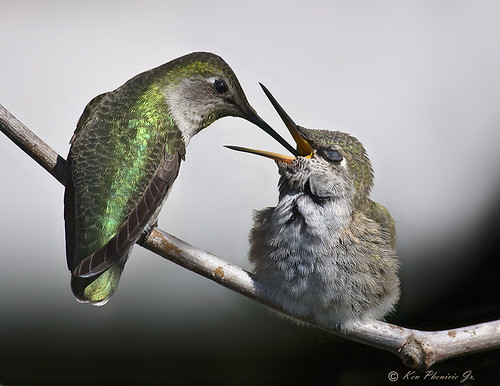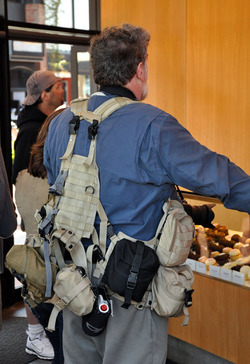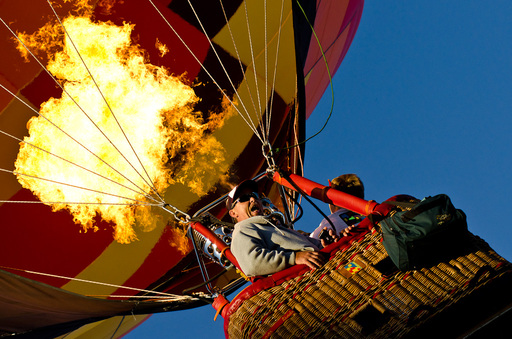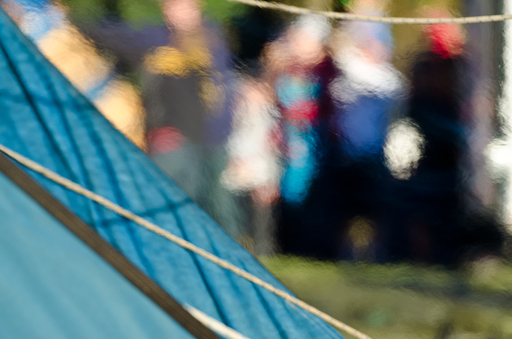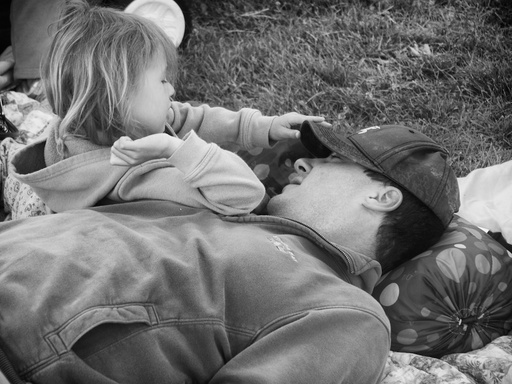I mentioned to a friend of mine who doesn't work on a Mac that I was editing my first movie in Final Cut Pro X. He said, "Oh that's the one everybody is complaining about, isn't it?" I replied, "Yeah, that's the one."
It's interesting to read such emotional reactions to what I consider a great software release. I'm guessing that I love Final Cut X (pronounced "10") for the same reasons that many hate it. You see, I never could warm up to Final Cut in the past. I tried, but I despised it. Same goes for Final Cut Express. I kept thinking to myself, why did they make it so hard to use?"
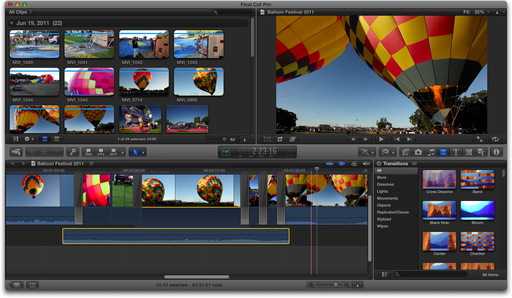 After about an hour in the new Final Cut Pro X, I was thinking more about my movie than operating the software. Click on image for larger size.
After about an hour in the new Final Cut Pro X, I was thinking more about my movie than operating the software. Click on image for larger size.
The situation grew worse as more of my clients wanted video as part of the deliverable. "I'm a photographer," I thought to myself. So I would work within the limitations of iMovie and sometimes use Aperture for those short postings on YouTube and Vimeo that everyone was requesting.
Then, along came Final Cut Pro X.
Within an hour I was becoming comfortable. My iMovie and Aperture experiences were actually helping me in this new version of Final Cut. But I could do so much more. And it ran beautifully on my 13" MacBook Air.
My first project is telling the story of the recent Sonoma County Hot Air Balloon Classic that was part of our June TDS Photography Workshop in Northern CA. I had a mixture of still images and HD video captured with my Canon 5D Mark II. I imported the video into Final Cut Pro X, then when I needed a still image, I would use the Photos Browser to look into my Aperture Library, and drag an image right in to the timeline. Once there, I used the Crop tool to fit to 16:9 or to add a Ken Burns effect.
I could then move over to a video clip, double-click on it in the timeline to break out the audio track, and drag the audio over the still images. So professional. So easy. Same goes for transitions, titles, and sound effects. Easy.
I can understand why long time users of Final Cut are thrown off-balance by this latest release. It's so different. But I think most of what they need is actually in there, and the rest will follow soon. As for the rest of us, photographers who need to produce video that looks as good as their stills. Final Cut Pro X is the blessing I've been waiting for.
I'll talk more about this during Tuesday's TDS podcast. The video, Hot Air, is now available on YouTube. I can't wait to start working on my next project.
The Digital Story on Facebook -- discussion, outstanding images from the TDS community, and inside information. Join our celebration of great photography!

